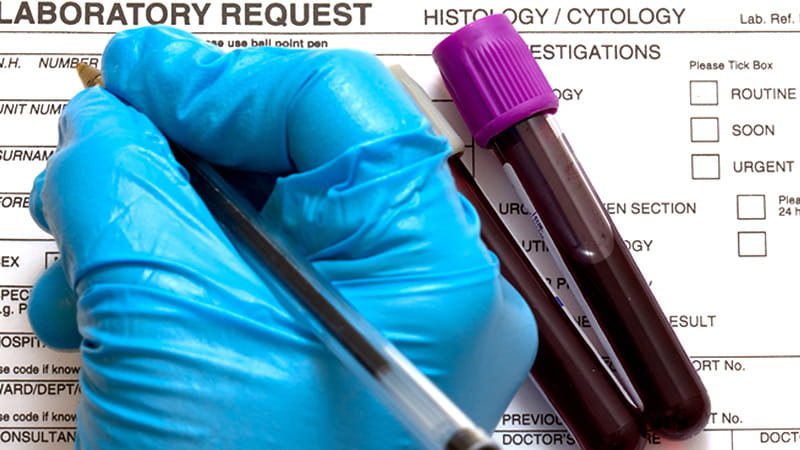
Those of you who have been following our risk blogs will know that MDDUS analysis of GP claims shows that the primary cause of patient harm is related to missed or delayed diagnosis. In general practice a contributory factor is often a missed, or mishandled, result.
A recent MDDUS webinar on results risks focused on the recurrent risks evident within many practice results handling systems. These recurrent risks are present throughout the results handling ‘chain’ which, in most practices, follows roughly the steps below:
1. Decision testing is required
2. Specimen(s) collected
3. Specimen(s) processed and sent for testing
4. Test results returned to the practice
5. Results seen by an appropriate clinician
6. Required actions ordered / Patient informed
7. Actions carried through to completion
Within all of these steps there is the potential for error which could result in required actions not being taken – sometimes with serious consequences for the patient.
In over 13 years of working with practices across the UK on this area of risk, I have found that the biggest barrier to overcoming results handling risks has been a difficulty in tracking the test request and result from start to finish.
Although some practices have developed their own systems (paper or electronic), these are rare and in recent years even these practices have struggled to maintain their systems due to increasing demands on resources.
This is why, during my preparation for the results risks webinar, I was delighted to discover that a number of pilot schemes are underway which integrate electronic results tracking within the patient system.
Until now developments have been relatively ad hoc. Examples include improving the efficiency of labelling and results tracking, and improving access to results and speed of results notifications. But finally, in this high risk area of practice, it looks as though a reliable system might soon be widely available to general practice!!
But if that’s the case, then why do I think failures in results handling will continue to be a key contributor to incidents leading up to clinical negligence claims?
With even the most reliable systems come risks associated with how they are implemented, utilised and managed in practice. They are also reliant on the competence, experience, ‘buy-in’ and working environment of those who interact with them.
Examples from cases which may not have been avoided even with more robust electronic results handling systems include:
- District nurses or treatment room nurses not having the same level of access to the practice’s patient system as GPs and therefore gaps occurring in communicating patient care.
- Hospital requests for follow-up of a patient by the practice not being adequately or correctly ‘diarised’ in the system for recall at a future time.
- Tests seen by a doctor not involved in a patient’s care, missing an opportunity for action due to lack of knowledge and continuity.
- A clinician or admin team member not viewing and acting on results in a timely way – this information is likely to be available to the administrator of the system (usually the PM) but still requires an appetite to address any performance issue/non-adherence to safety standards within the practice.
- Urgency of result-related, required, patient action not conveyed appropriately to admin team or then to the patient for appropriate follow-up.
- Multiple results being conveyed in part to a patient (as normal) and further significant results being selected for ‘file’ rather than ‘action’ as a result of human error.
- Required actions by patient not being followed up – particularly where the practice have information available to indicate this risk (e.g. an uncollected acute prescription or the patient DNA’ing for an appointment)
So my considered advice, based on MDDUS case analysis and my previous experience in working with practices engaging with new technologies and systems, is…. that any practice with the chance to access tools that could help improve the way they work together – and in particular reduce risk – should seize the opportunity.
It is important that all of the team take the time (and are engaged) to agree how the systems can best be used, and what each of their roles and responsibilities are in relation to potential risks at each stage of the system.
Most important from a medico-legal perspective, is that with more available information and the increased ability to report across systems and performance, there comes a greater responsibility to take action!
This page was correct at the time of publication. Any guidance is intended as general guidance for members only. If you are a member and need specific advice relating to your own circumstances, please contact one of our advisers.
Save this article
Save this article to a list of favourite articles which members can access in their account.
Save to library
